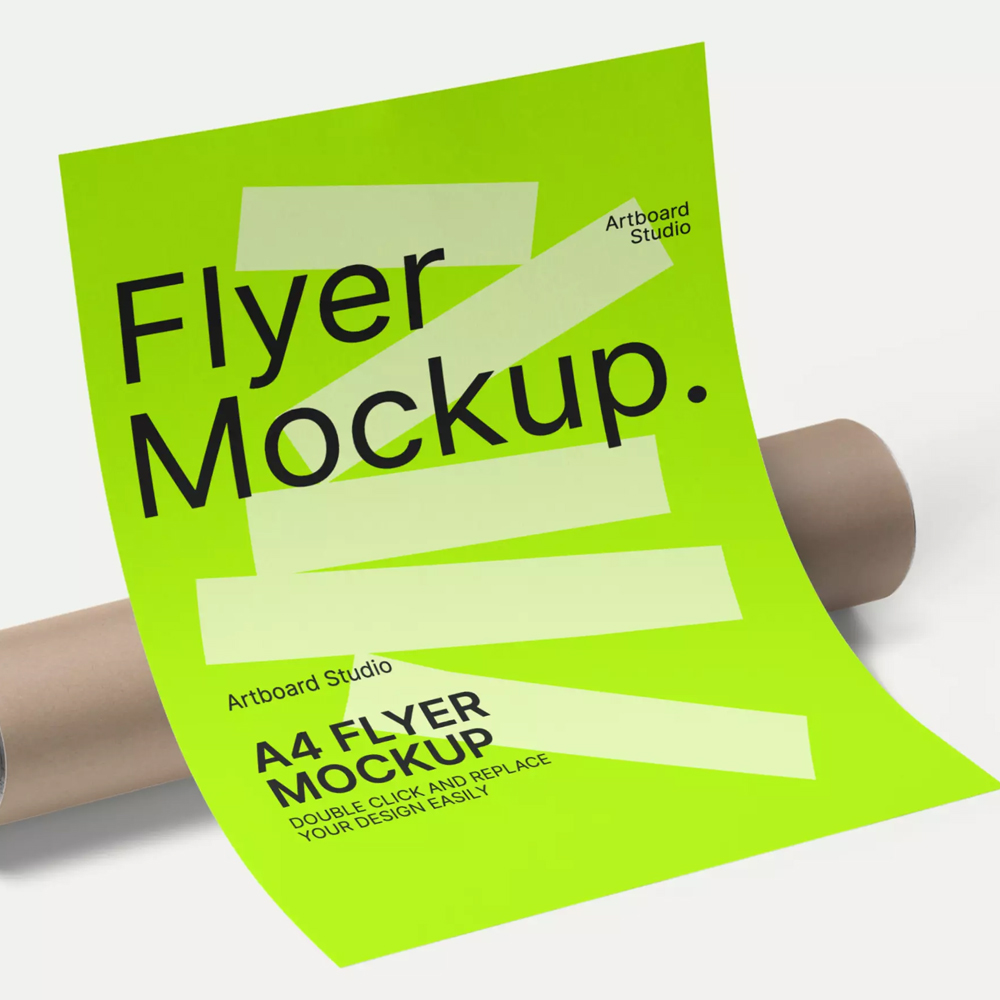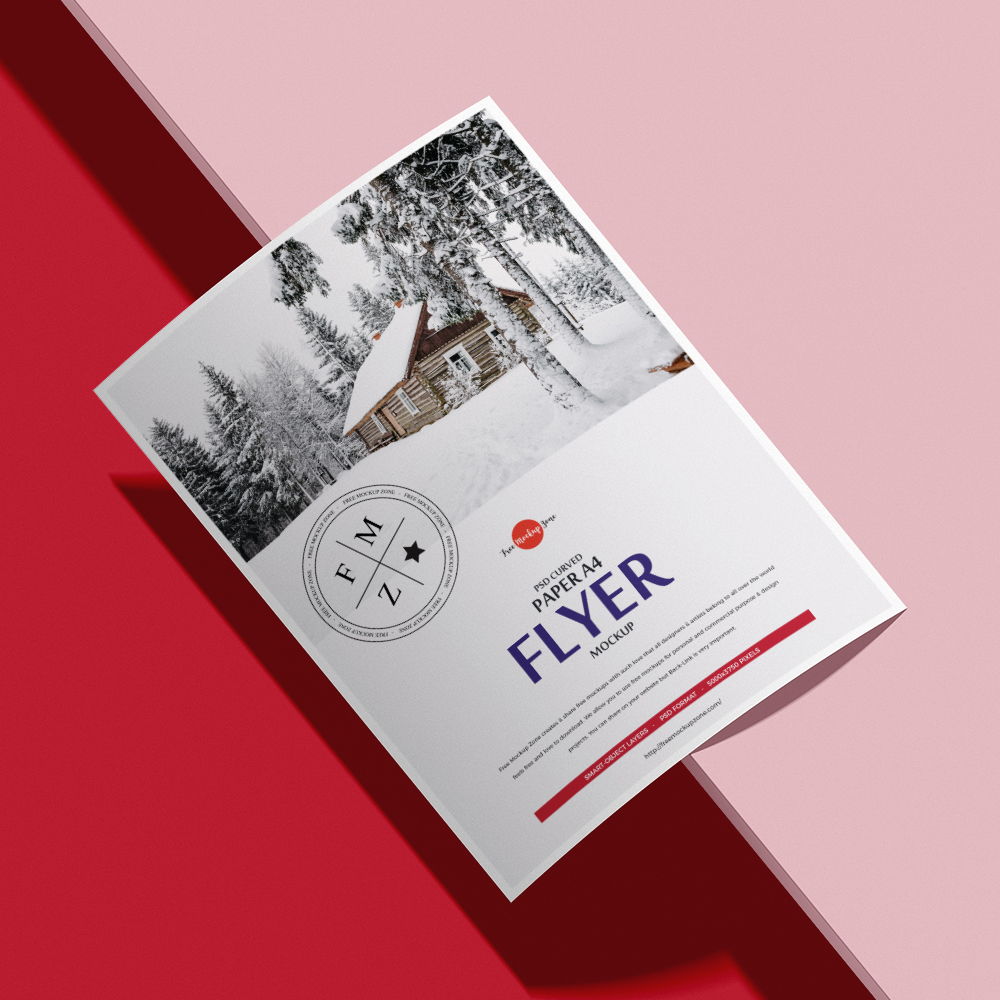Table of Contents
In today's highly competitive business landscape, it is important for companies to find effective ways to stand out from the crowd and capture the attention of their target audience. A powerful marketing tool that has stood the test of time is the humble brochure. Billboards provide businesses with a tangible and visually appealing way to showcase their products and services, making them an essential component of any comprehensive marketing strategy.
The Flyers offer a unique opportunity to transfer your brand message and engage potential customers on a personal level. Unlike digital marketing materials that can be easily discarded or forgotten, a well-designed brochure can leave a lasting impression. Using the power of brochures, you can strengthen your market presence and position your business as a leader in your industry.
Benefits of using brochures for marketing
There are several key benefits to using brochures as part of your marketing efforts. First, the advertising Forms allow you to provide detailed information about your products or services in a concise and visually appealing format. By including high-quality images, compelling copy, and relevant details, you can effectively communicate the value of your offerings to your target audience.
Second, print ads are flexible and can be distributed through various channels. Whether you hand them out at trade shows, include them in direct mail campaigns, or display them in your office or store, billboards ensure that your message reaches the audience you want. Plus, flyers can easily be passed from person to person, expanding your reach and generating word-of-mouth referrals.
Finally, flyers are cost-effective marketing tools. Compared to other forms of advertising, such as television or radio advertising, flyers are relatively inexpensive to produce. With the right design and distribution strategy, brochures offer a high return on investment and can help you maximize your marketing budget.

Elements of an effective brochure design
To create an effective brochure, it is important to consider the basic elements of design. First, your brochure cover should be eye-catching and visually appealing. Use high-quality images and bold typography to entice readers to pick up your brochure and explore its contents.
Once inside, your brochure layout should be clean and organized. Use headings and subheadings to guide readers through the different sections of your brochure and make it easier for them to find the information they're looking for. Consider using bullet points or numbered lists to highlight key features or benefits.
When it comes to color, choose a palette that aligns with your brand identity and evokes the desired emotions in your target audience. Use colors strategically to draw attention to important information or create visual interest. Additionally, consider using white space to give your brochure a clean and professional look.
Finally, don't forget to include your contact information prominently in your brochure. This may include your company's address, phone number, website and social media. Make it easy for potential customers to contact you for further information about your products or services.
Design tips for creating impressive brochures
When designing your brochure, there are many tips and best practices to keep in mind to ensure it makes a strong impact on your target audience. First, be sure to clearly identify your target audience before starting the design process. Understanding your audience's demographics, preferences and needs will help you tailor your design and messaging to resonate with them.
Next, consider using visuals in your brochure. High-quality images can help showcase your products or services and grab the attention of your readers. Make sure the images you choose are relevant, professional and visually appealing. You may also want to consider using charts or graphs to present data or statistics in a visually appealing way.
When it comes to copywriting, keep your messages clear, concise and compelling. Avoid using jargon or technical language that might confuse or alienate your audience. Instead, focus on communicating the key benefits and unique selling points of your offerings in a way that is easy to understand and resonate with your target audience.
Finally, don't forget to include a strong call to action in your flyer. Whether you're encouraging readers to visit your website, contact your sales team, or make a purchase, a clear and compelling call to action will help you achieve the desired result. Consider using action-oriented language and creating a sense of urgency to motivate your readers to take the next step.

Brochure printing and distribution options
Once you've designed your brochure, it's important to consider the options printing and distribution available to you. When it comes to printing, there are several factors to consider, such as the quality, size and finish of the paper. Choose a printing option that aligns with your budget and desired level of quality.
When it comes to distribution, there are various channels you can use to reach your target audience. If you have a physical store or office, consider displaying your flyers in a prominent place where customers can easily access them. You can also hand out brochures at trade shows, industry events, or even on the streets in high-traffic areas.
Additionally, consider including your flyers in direct mail campaigns. This can be an effective way to target specific demographic or geographic areas. Alternatively, you can partner with complementary businesses to distribute your brochures at their locations, reaching a wider audience.
Measuring the effectiveness of your brochure marketing efforts
To ensure your brochure marketing efforts are successful, it's important to measure their effectiveness. One way to do this is by tracking the number of flyers distributed and the response rate. By analyzing these metrics, you can gain insight into the reach and impact of your brochures.
Another important metric to consider is the conversion rate. This can be measured by tracking the number of enquiries, leads or sales generated as a direct result of your brochure. By comparing this data to your overall marketing goals, you can determine the ROI of your flyer campaign and make any necessary adjustments or improvements.
Finally, don't forget to gather feedback from your target audience. This can be done through surveys, focus groups or social media listening. By understanding your audience's opinions and preferences, you can improve your brochure design and messaging to better resonate with them.
Additional marketing collateral to complement your brochures
While flyers are a powerful marketing tool on their own, they can be even more effective when combined with other marketing collateral. Consider creating supplemental materials, such as business cards, flyers or posters to align with plan and your brochure messages.
Digital marketing materials can also be incorporated into your brochure campaign. For example, you can create a landing page on your website that provides more detailed information or allows customers to request a brochure. You can also promote your brochure on social media platforms or through targeted online advertising.
By diversifying your marketing collateral, you can reach your target audience through multiple channels and amplify your brand message. This comprehensive approach can help improve the effectiveness of your flyer campaign and maximize your overall marketing efforts.
Conclusion: Harnessing the Power of Forms for Business Success
In conclusion, brochures are a powerful marketing tool that can greatly enhance your business' presence in the market. By using brochures as part of your marketing strategy, you can effectively communicate the value of your products or services and engage your target audience on a personal level.
Remember to focus on creating an impressive design that captivates your readers and use compelling copywriting strategies to clearly and concisely communicate your key messages. Consider the printing and distribution options available to you to ensure your flyers reach the right audience at the right time. Measure the effectiveness of your flyer campaign and make the necessary adjustments to maximize ROI.


Interest Form